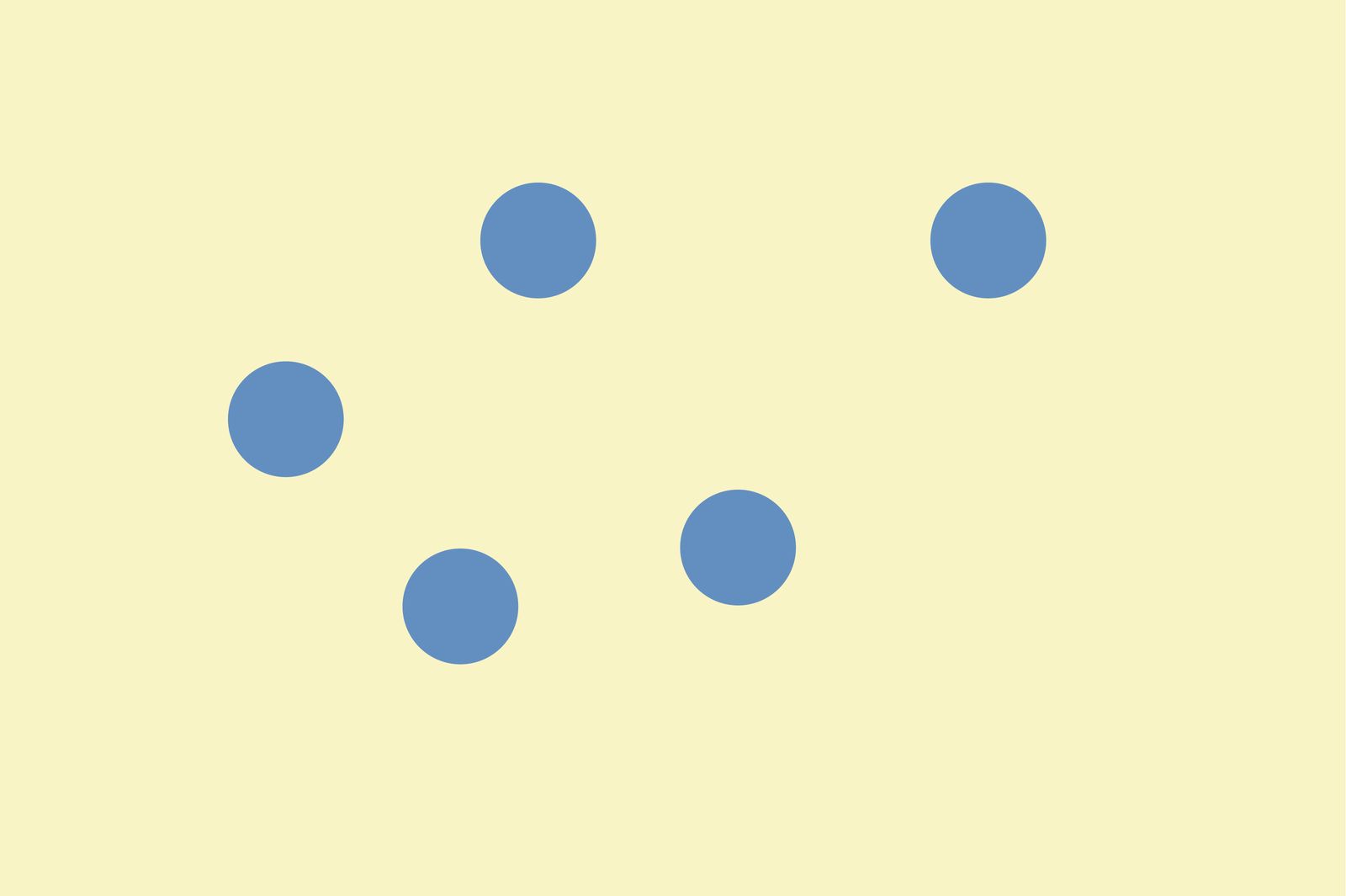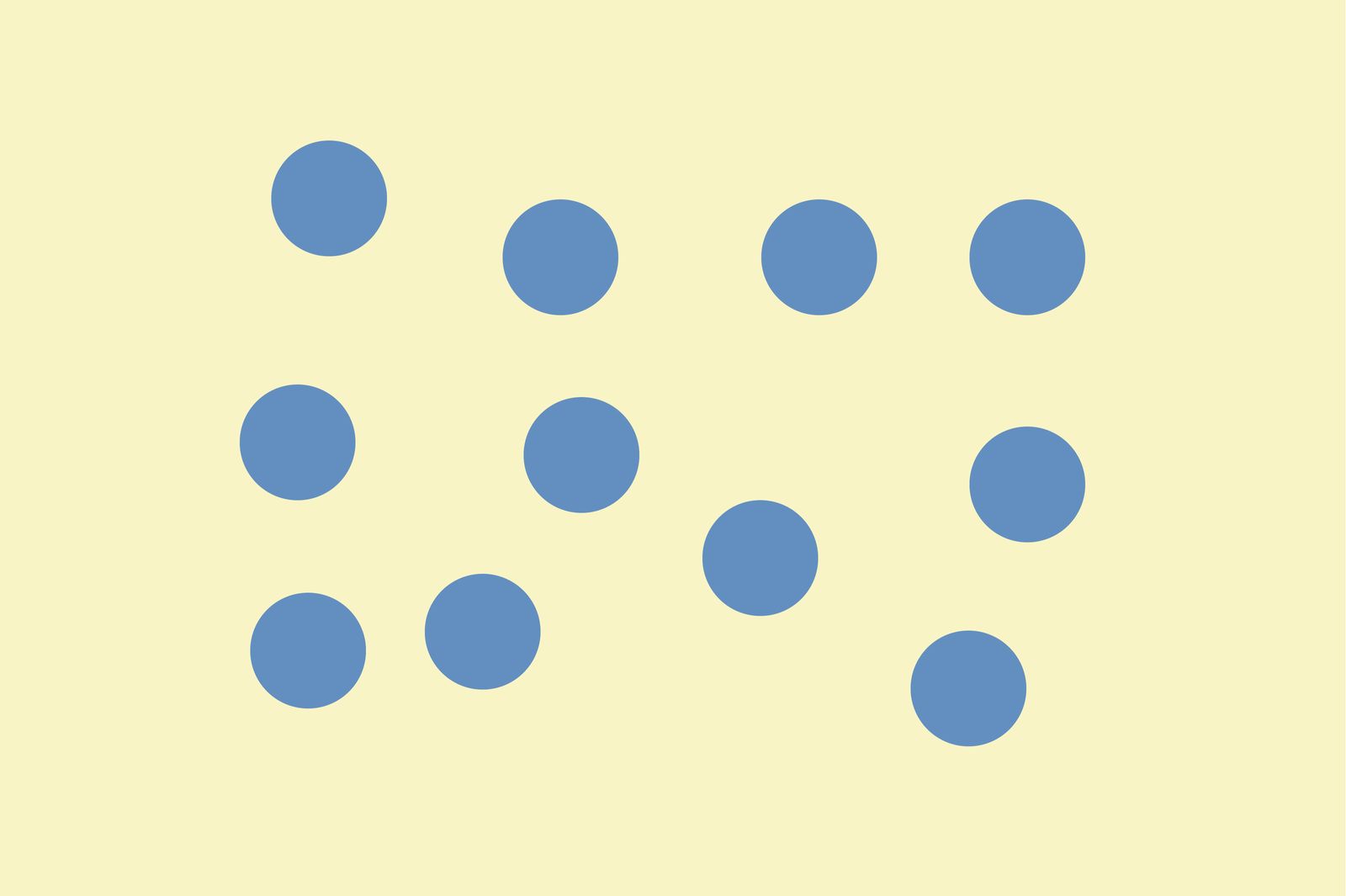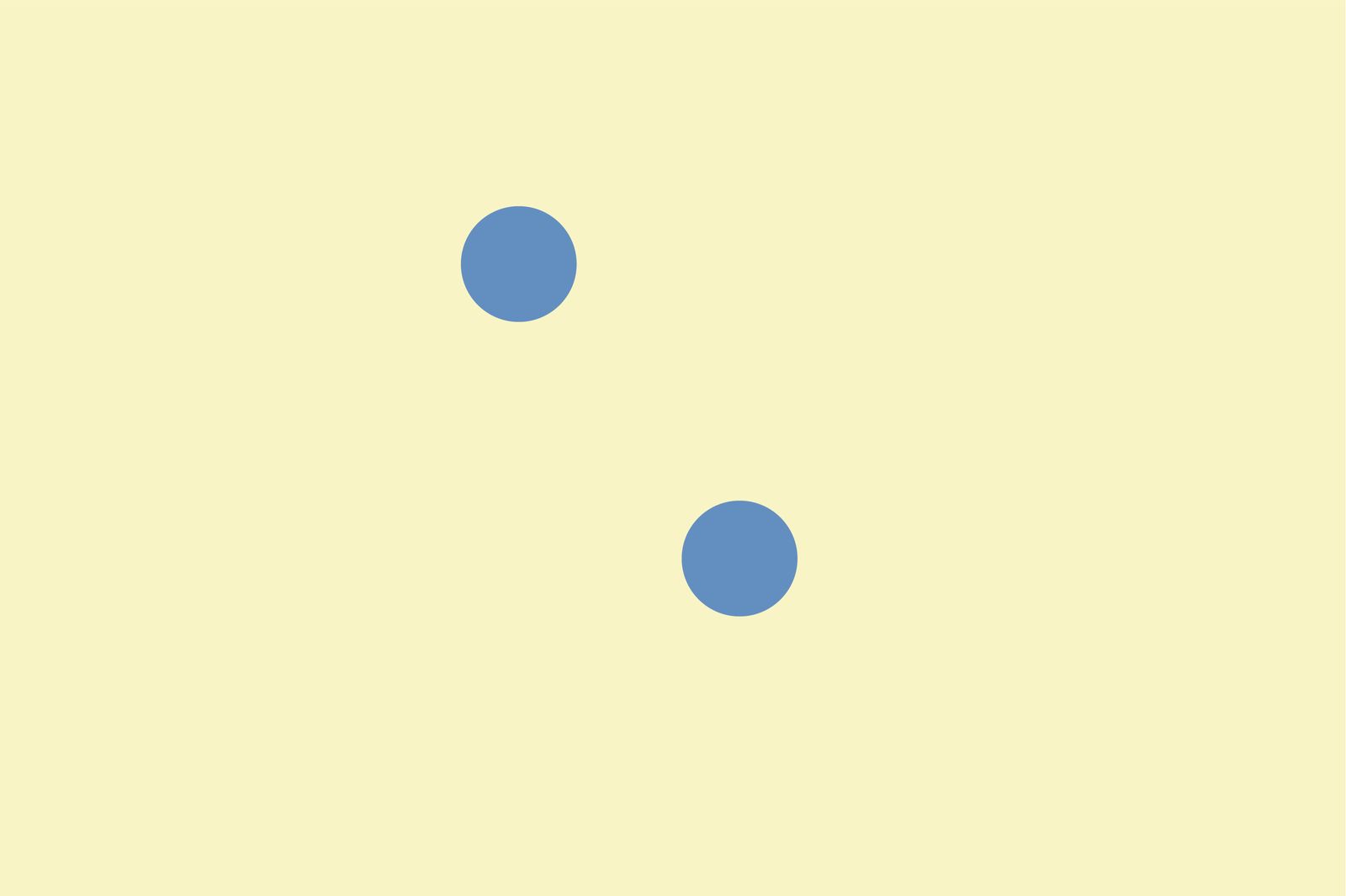How to identify specific learning difficulties in maths: a guide for teachers and parents
Editor’s Note:
This is an updated version of a blog post published on July 27, 2017.
Children struggle in mathematics for a variety of reasons. It can be hard to figure out whether their difficulties are part of the learning process or due to a specific learning difference, like dyscalculia.
A question I’m frequently asked by teachers is how to identify specific learning difficulties in maths. To answer it, let’s look at the external and internal factors that play a part in a child’s understanding followed by tips and assessment strategies you can use to assess learning differences.
Understanding learning differences
What are the external factors affecting understanding in maths?
Research suggests that as many as 25% of children struggle with maths. Maybe this is down to misunderstandings of core concepts such as place value, or it could be that maths has been taught to them in an abstract, procedure-focused way and has little meaning to them.
For these children, maths seems like a list of rules, facts, and procedures with very little relevance to real-life situations. Often these children will develop maths’ anxiety; they don’t really understand what’s going on and because they’re afraid of coming up with the wrong answer, they may eventually find it too difficult to attempt maths at all.
For some children, a fear of maths comes from parents who confess to being ‘rubbish at maths’. Children start to pick up on the message that maths is hard.
Difficulties can be attributed to external factors, such as teaching methods, school attendance, and environmental factors. Many of these issues can be overcome by creative teaching, good modelling techniques, and research-based teaching approaches like the Singapore maths methodology, which supports these children to achieve their potential.
What are the internal factors affecting understanding in maths?
Some children encounter difficulties with maths because of internal factors. Children with dyscalculia will have specific learning difficulties in maths because their brains are wired differently. One example of how to identify specific learning difficulties in maths is to determine children with very poor number sense. Children who don’t seem to ‘get’ numbers at all and find it difficult to spot patterns and relationships between numbers.
One of the main indicators of dyscalculia is the inability to subitise. The word ‘subitise’ comes from the Latin word ‘subito’ which means suddenly. It refers to our ability to immediately recognise the number of items in a set without having to actually count them.
Most people can subitise up to six or seven items. A learner with dyscalculia will not be able to do this and may have difficulty in subitising just three items.
Here’s an effective strategy for teachers and parents wondering how to identify specific learning difficulties in maths.
Can you subitise these images?
Most people can instantly recognise that there are five dots here without having to count them.

However, most people would have to count the dots in this example.

A person with dyscalculia may not be able to subitise even two dots.

If you are concerned that a child has specific learning difficulties in maths, assessing whether they can subitise is a good place to start.
Take a few counters, maybe three or four, of the same colour and place them in a random arrangement on a table. Cover the counters with your hand, then ask the child to say how many counters there are as you take your hand away. The answer needs to be immediate, any pause means that they are counting rather than subitising.
If you’re a parent interested in learning how to identify specific learning difficulties in maths or if you are at all concerned about your child’s progress in maths, you should, in the first instance, speak with their classroom teacher who will be able to advise you.
A maths mastery approach may be particularly useful for learners with specific learning difficulties due to the way it uses CPA (concrete, pictorial, abstract), to support a deep understanding of mathematical concepts.
Assessing for Dyscalculia: tips and advice
Use dyscalculia checklists
Checklists are simple and quick to administer and are often the first option to take when trying to identify dyscalculia. However, they can be very subjective and will only ever give an indication of whether the learner is at risk of dyscalculia.
There are many checklists for dyscalculia that can either be purchased or accessed free online including:
The British Dyslexia Association Checklist for Dyscalculia
Ann Arbor Publishers Dyscalculia Checklist
More Trouble with Maths (2012) by Steve Chinn includes a 31-point checklist
Use dyscalculia screeners
A next step after completing a checklist is to administer a dyscalculia screener. There are a number of options to choose from.
Numeracy Screener
Age range: 4–8 year olds
This test is free and easy to carry out. It can be downloaded from their website along with test instructions. Children identify which of two numbers or symbols are larger in a series of worksheets. They answer as many questions as they can in two minutes.
Cost: Free
Dynamo Maths Profiler
Age range: 6–9 year olds
This screening tool has been developed by Dynamo Maths, a company that offers online intervention activities for learners with dyscalculia and maths difficulties. It’s a simple online test that identifies specific areas of difficulty. It takes between 20 and 40 minutes to complete.
Cost: £24.99
The Dyscalculia Screener
Age range: 6–14 year olds
This screener identifies dyscalculic tendencies in children aged between 6–14 years and provides a report which recommends intervention strategies for support. An accompanying book, Dyscalculia Guidance, details games and activities for such intervention. The test takes around 30 minutes and can be used for individuals or as a whole-class screener. It aims to help practitioners distinguish between those individuals who have poor maths attainment and those whose difficulties are associated with dyscalculia. It assesses the learner’s sense of number through evaluating their ability to understand number size and how well they perform simple calculations.
Cost of screener: £6.25
Cost of guidance book: £72.50
Use observation and error analysis
This informal method of assessment can give insight into the misconceptions a learner has, their cognitive processing and the strategies they use. The idea here is to sit with the learner while they complete a range of questions and ask them to verbalise their thinking while they attempt to work through it.
Try not to correct them if they make a mistake, but ask them to explain their thinking and reasoning behind an answer. Observation and error analysis can give you a good idea whether their difficulties stem from gaps in knowledge and common misconceptions, or are due to dyscalculia.
Use informal assessment techniques
There are a couple of books that can be very helpful in building a more detailed profile of a learner’s difficulties with maths.
Dyscalculia Assessment by Jane Emerson and Patricia Babtie (ISBN: 9781408193716)
The book is written with step-by-step instructions and photocopiable assessment sheets to help you formulate individual intervention programmes. It contains guidance on how to conduct the assessments, including suggested scripts, teaching tips and strategies, as well as instructions on interpretation of the results and a range of motivating games and activities.
More Trouble with Maths by Steve Chinn (ISBN-10: 0415670136)
This is a practical, easy-to-use book which covers assessment of a wide range of factors. Steve Chinn draws on his extensive experience and expertise to show how to consider all the factors relating to mathematical learning difficulties, including:
- Explaining how these factors can be investigated
- Exploring their impact on learning
- Discussing and providing a range of tests ranging from prerequisite skills, such as working memory, to a critique of normative tests for mathematics knowledge and skills
Carry out a full diagnostic assessment
A full diagnostic assessment for dyscalculia can be carried out by a specialist assessor or an educational psychologist.
A range of standardised tests help find out whether the underlying difficulty is dyscalculia or a different cause, such as poor-working memory. You can test to assess verbal and visual IQ, working memory, and processing speed. These quantitative assessments need to be interpreted alongside more qualitative assessments to gain a complete picture of the learner’s profile.
Note for parents: We always recommend that if you are concerned your child may have a specific learning difficulty, speak to your child’s teacher for advice and guidance.
